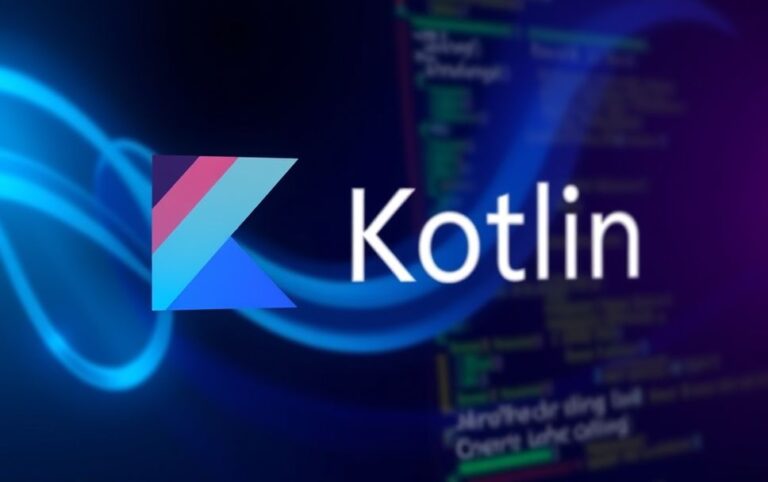Understanding Keras: A Comprehensive Glossary
Keras is an open-source software library that provides a user-friendly interface for building deep learning models. Developed in Python, Keras acts as a high-level neural networks API that simplifies the process of designing and training complex machine learning algorithms. It is primarily used for creating deep learning models, making it an essential tool for both beginners and experienced data scientists.
Why Keras is Important in Machine Learning
In an era where data is abundant, the ability to extract insights from this data using sophisticated algorithms is crucial. Keras allows developers and researchers to build neural networks quickly and efficiently. Its simplicity and flexibility make it an excellent choice for a range of applications, from image recognition to natural language processing.
Key Features of Keras
- User-Friendly API: Keras provides a clear and concise syntax, making it accessible for newcomers to deep learning.
- Modular Structure: It allows users to create complex models with minimal coding by assembling layers, optimizers, and loss functions.
- Backends: Keras can run on top of several backends like TensorFlow, Theano, and Microsoft Cognitive Toolkit, offering versatility in deployment.
- Pre-trained Models: Users can leverage pre-trained models for tasks like image classification, which speeds up the development process.
Real-World Applications of Keras
Keras is used in various fields, showcasing its versatility and power. Here are some examples:
- Image Recognition: Keras is widely used in computer vision applications. For instance, companies use it to develop systems that can identify objects in images.
- Natural Language Processing: Developers utilize Keras to create models that understand and generate human language, such as chatbots and translation tools.
- Healthcare: Researchers apply Keras in medical image analysis, helping in the diagnosis of diseases through imaging techniques.
- Finance: Financial institutions use Keras to build predictive models for stock market trends and risk assessment.
How to Get Started with Keras
To begin using Keras, follow these steps:
- Install Keras: You can install Keras via pip by running
pip install kerasin your terminal. - Set Up Your Environment: Make sure you have Python and the necessary libraries, such as NumPy and TensorFlow, installed.
- Create a Simple Model: Start by creating a basic neural network. Here’s a quick example:
from keras.models import Sequential
from keras.layers import Dense
model = Sequential()
model.add(Dense(32, activation='relu', input_dim=784))
model.add(Dense(10, activation='softmax'))
Related Concepts in Deep Learning
Understanding Keras also involves knowledge of several foundational concepts in deep learning:
- Neural Networks: The backbone of Keras; these are architectures designed to mimic the human brain.
- TensorFlow: A popular backend for Keras that provides a robust framework for numerical computation.
- Machine Learning: Keras is a subset of machine learning focused on utilizing data to train models.
- Deep Learning: A more specialized domain of machine learning that deals with algorithms inspired by the structure and function of the brain.
Practical Applications of Keras in Everyday Life
Integrating Keras into daily projects can enhance productivity and innovation. Here’s how:
- Personal Projects: Create a simple image classifier to sort your photos automatically.
- Academic Research: Use Keras to analyze datasets in your coursework or thesis projects, applying deep learning to real-world problems.
- Industry Solutions: Develop predictive models in business environments to improve decision-making processes.
Conclusion: Embracing the Power of Keras
Keras is a powerful tool that democratizes deep learning, making it accessible for everyone, from students to professionals. Its user-friendly nature and versatility make it a favorite among data scientists. As technology evolves, mastering Keras will equip you with the skills necessary to tackle the challenges of tomorrow’s data-driven world.
Now, consider how you can apply Keras in your own projects. Whether it’s a simple application or a complex model, the potential for innovation is endless.









